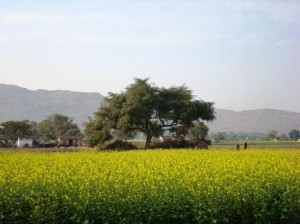Microfinance
Microfinance is an innovative type of charity allowing effective improvement in the lives of many needy people in some of the most destitute areas of the world.
One way to get involved in the concept is through The International Alliance for Women (TIAW). TIAW is an umbrella network of women’s organizations designed to support the economic interests of women around the world. Microlending is used to provide small loans to poor entrepreneurs – if appropriate for TIAW since most microloans are for women. They are denied access to sources of credit that men have access to.
With the loans, women are not only able to add new items to sell but be able to collectively buy in bulk from wholesale distributors, saving time and money.
A typical microlending arrangement is a village bank. Through this, a small group of women are given individual loans. They are then jointly responsible for repayment. The repayment rate has been 95%, making microfinance a successful form of development aid. Microfinance allows the funds to go directly to the hands of needy entrepreneurs rather than bureaucrats, increasing its effectiveness and power.
Source: The Denver Post
Earth Day and India
Of course, there are exceptions to caring for the Earth in modern-day India as resources are continually being sacrificed to support a growing population and demand as the country develops at an astounding rate. India is in the position to learn from the mistakes of developed countries regarding growing sustainably.
India can choose to integrate its green heritage to develop further in environmentally-conscious ways. Traditional sustainable practices can be balanced with current green technologies. Developed and undeveloped countries can learn from one another in this regard.
In appreciation of Earth Day, it would be great for Indians and other nationals to reflect on their heritage and its focus on nature and the planet. This heritage can remind us to live greener and to teach one another ways from our heritage we can do that more.








